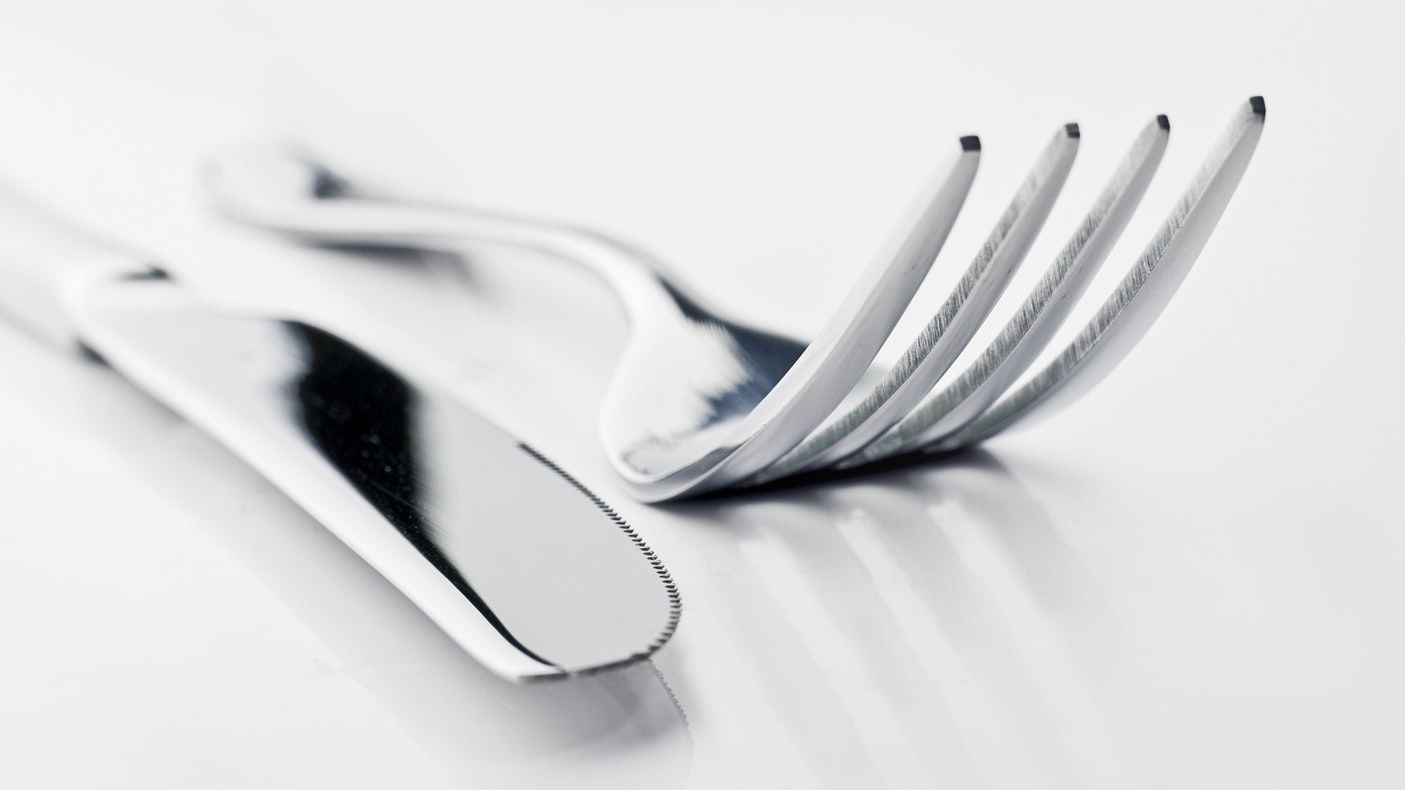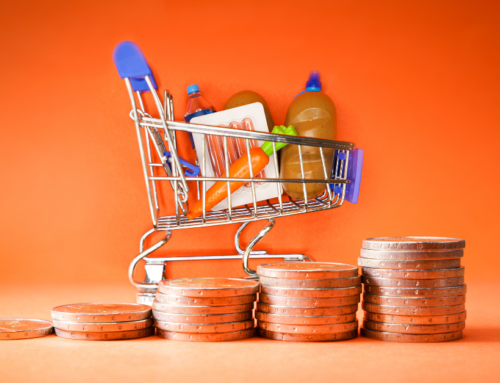Last updated on November 2, 2021
The devastating impact of the COVID-19 pandemic on the Canadian restaurant industry is plain to see. In March 2020 alone, the sector lost an estimated 800,000 jobs.
Things aren’t going to get easier anytime soon. According to Caddle data, just 16.9% of Canadians plan to resume dining out right away after restrictions are lifted.
What can brands do to win back the customers? This was what Caddle looked at in partnership with Cult Collective.
Based on data from our panel, there’s some good news for restaurants. Most customers eventually plan to get back to their old habits once the crisis passes. However this will be with slightly altered priorities of what they look for in an eatery — ones centred on cleanliness and service.
Pre-pandemic: How did consumers choose a restaurant?
Things aren’t going to get easier anytime soon. According to Caddle data, just 16.9% of Canadians plan to resume dining out right away after restrictions are lifted.
What can brands do to win back the customers? This was what Caddle looked at in partnership with Cult Collective.
Based on data from our panel, there’s some good news for restaurants. Most customers eventually plan to get back to their old habits once the crisis passes. However this will be with slightly altered priorities of what they look for in an eatery — ones centred on cleanliness and service.
To get a sense of the magnitude of the hit the restaurant industry took, consider how Canadians chose to order food before the pandemic.
The culture was much more centred around dine-in than takeout, leaving the industry much more exposed.
Before the crisis, most Canadians would visit restaurants more than they would order takeout. Just over 63% said they dined out at least once a month, while the equivalent figure for takeout was just over 40%.
What impact did coronavirus have?
With all restaurants closed to dine-in customers, the business from the more than 60% of Canadians who went to restaurants at least a few times a month was gone.
But it did not translate into more takeout orders. More than 80% of Canadians either maintained or reduced the amount of food they had delivered.

Consumers’ own economic concerns are restricting demand, but this is not the main reason Canadians gave for not ordering more takeout. Over 43% of respondents viewed “safety and cleanliness issues” as the biggest barrier to ordering takeout and delivery.
Will things go back to normal?
When restaurants are able to open again, the resumption of consumer habits will not be immediate. Just 16.9% of consumers say they will resume their old dine-in restaurant habits right away, with 17.6% saying the same for takeout options.
After two months, 60% of people anticipate they will have returned to their old habits for both takeout and dine-in food.

However, 22% say they expect they will continue visiting restaurants on a long term basis, with 33% saying the same for takeout.
How to win customers over?
When restaurants reopen, they will be competing over a smaller pool of diners. Winning over customers will be crucial. How can businesses get an edge? Cleanliness, service and experience.
For both trying a new restaurant and returning to a restaurant, cleanliness and friendliness were chosen as the top options.
What does this mean?
So what should restaurants make of this data? Brandon Poole, Managing Director, Cult Collective Toronto, says it shows how important tracking customer experience will be to the recovery of restaurants.
“This data shows that, increasingly, restaurants will need a formal and robust CX data strategy. Brands without formal tracking of customer motivations, intent and behaviours prior to the COVID-19 crisis will have the most difficult path to recovery.”
“Restaurant brands must plan for a long-term focus on food experience, customer experience, and restaurant/service environment as they rebuild and reinvent their brand.”
“Restaurant brands are digital brands now. They will be better prepared for and insulated against severe socio economic crises if we formally build in digital transformation strategies to increase engagement, purchase intent and affinity through the customer journey.”
*Disclaimer: all data presented is owned by Caddle and has a Margin of Error of 1% or lower.
Get better business insights, faster, with Caddle.
Want more Caddle Insights? Sign up to our email list!





Leave A Comment